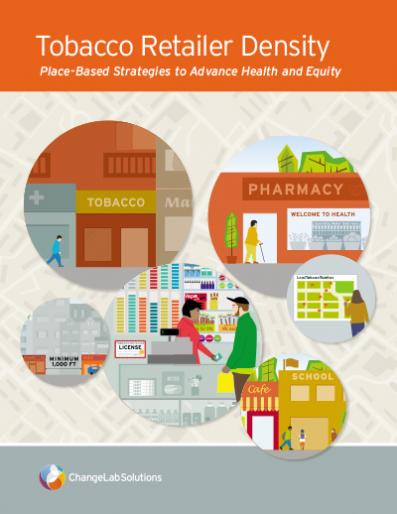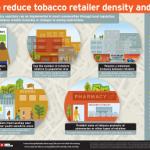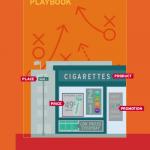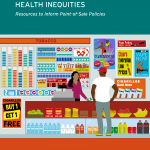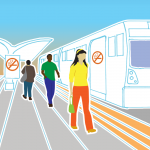Tobacco Retailer Density
Place-based strategies to advance health & equity
Tobacco use rates vary widely from one place to another.
Communities of color and low-income neighborhoods generally have a greater density of tobacco retailers and experience higher tobacco use rates, leading to health inequities. Besides density, the locations and types of tobacco retailers within a community can also lead to unfair health outcomes. Studies have consistently demonstrated that children are more likely to smoke when they live or go to school in neighborhoods with a high density of tobacco retailers. Tobacco companies are also known to target low-income neighborhoods and communities of color with predatory marketing and retail practices.
ChangeLab Solutions developed this fact sheet to help local officials, community leaders, and tobacco control advocates learn more about enacting density restrictions for tobacco retailers. The fact sheet details several innovative place-based policy approaches for limiting the density of tobacco retailers within a certain area:
- Capping the number of retailers allowed to operate in a locale
- Limiting proximity to other retailers
- Restricting proximity to schools and other youth-oriented areas
- Prohibiting the sale of tobacco products at pharmacies
